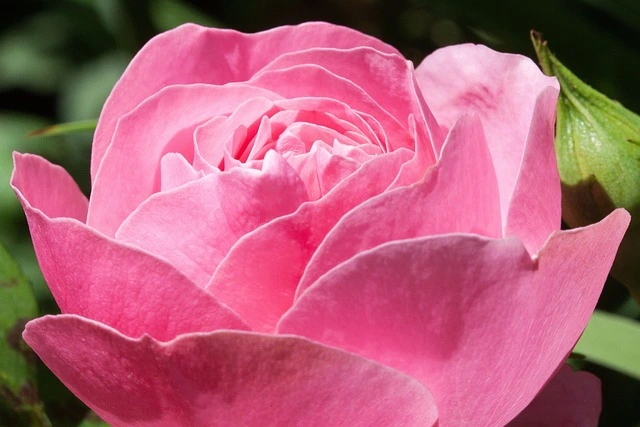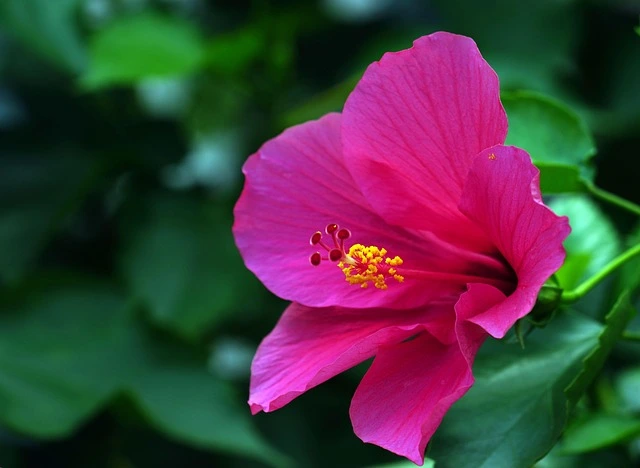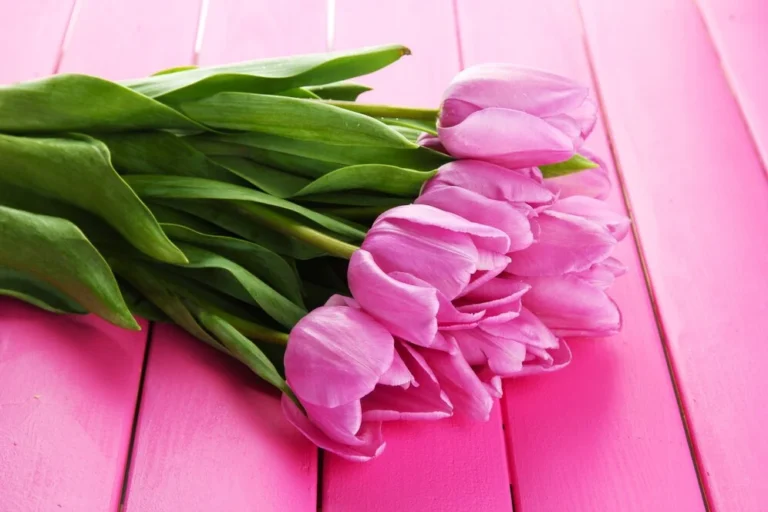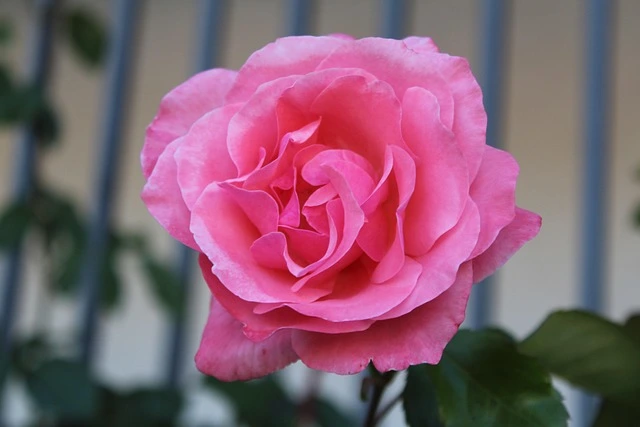Pink peony flowers: 5 tips to grow big, beautiful blooms
Table of Contents
Have you ever strolled through a garden in late spring and found yourself captivated by lush pink blooms with layers upon layers of delicate petals? If so, you’ve likely fallen under the spell of pink peony flowers—one of nature’s most enchanting creations. These magnificent blooms have been cherished for centuries, and today, they remain as popular as ever for their show-stopping beauty and intoxicating fragrance.
In this comprehensive guide, we’ll explore everything you need to know about growing and enjoying pink peony flowers in your garden. From planting tips to care instructions, plus alternatives if you’re seeking flowers similar to peonies, we’ve got you covered!
What Are Pink Peony Flowers?
Pink peonies (botanically known as Paeonia species) are perennial flowering plants known for their large, romantic blooms and lush foliage. These stunning flowers feature multiple layers of soft petals arranged in various forms—from simple single blooms to fully double flowers that resemble powder puffs.
Native to Asia, Europe, and Western North America, peonies have been cultivated for over 2,000 years. In China, they’re known as the “king of flowers” and symbolize wealth, honor, and feminine beauty. Pink varieties, in particular, represent romance, prosperity, and good fortune, making them popular choices for weddings and special occasions.
Popular Varieties of Pink Peony Flowers
| Variety | Bloom Type | Shade of Pink | Height | Bloom Time |
|---|---|---|---|---|
| ‘Sarah Bernhardt’ | Double | Soft pink | 3 feet | Late spring |
| ‘Monsieur Jules Elie’ | Double | Deep rose-pink | 3 feet | Early to mid-spring |
| ‘Coral Charm’ | Semi-double | Coral-pink | 2-3 feet | Mid-spring |
| ‘Eden’s Perfume’ | Double | Baby pink | 3 feet | Late spring |
| ‘Shirley Temple’ | Double | Pale blush-pink | 2.5 feet | Mid-spring |
How to Grow Pink Peony Flowers
Growing pink peonies successfully requires understanding their specific needs. While they have a reputation for being long-lived and relatively low-maintenance once established, proper planting and care are essential.
Planting Pink Peonies
Best time to plant: Fall (September to October)
Planting steps:
- Select the right location – Choose a spot with:
- 6-8 hours of direct sunlight
- Well-draining soil
- Protection from strong winds
- Adequate space (3-4 feet between plants)
- Prepare the soil
- Dig a hole approximately 2 feet wide and 2 feet deep
- Mix in compost or well-rotted manure
- Ensure soil pH is neutral to slightly alkaline (6.5-7.5)
- Plant at the correct depth
- Position the roots so the “eyes” (pink or red buds) face upward
- Place eyes no more than 2 inches below soil surface
- Planting too deep is a common reason for failure to bloom
Pro Tip: When planting pink peony flowers, remember the “no deeper than 2 inches” rule. Deeper planting is the number one reason new peonies fail to bloom!
Caring for Pink Peony Flowers
Pink peonies thrive with proper care throughout the seasons:
Spring:
- Remove winter mulch gradually as temperatures warm
- Apply balanced fertilizer (10-10-10) around the base
- Install supports for tall varieties before they reach 12 inches
- Water deeply once weekly if rainfall is insufficient
Summer:
- Continue watering during dry spells (1 inch per week)
- Deadhead spent blooms, cutting back to a healthy leaf
- Keep area free of weeds that compete for nutrients
Fall:
- Cut stems to ground level after first frost
- Apply 2-3 inches of mulch after ground freezes
- Avoid covering the crown with mulch to prevent rot
Winter:
- No special care needed; peonies are hardy to USDA zone 3
Common Problems and Solutions
Even the most beautiful pink peony flowers can face challenges. Here are solutions to common issues:
Disease Management
- Botrytis blight – Remove and destroy affected plant parts; improve air circulation
- Powdery mildew – Apply fungicide early; avoid overhead watering
- Phytophthora blight – Ensure good drainage; avoid overwatering
- Leaf blotch – Remove infected leaves; apply appropriate fungicide
Pest Control
- Ants – Don’t worry! They’re attracted to the nectar and don’t harm the plant
- Thrips – Introduce beneficial insects; use insecticidal soap
- Scale insects – Apply horticultural oil in early spring
Troubleshooting
Problem: Pink peonies not blooming
- Planted too deep
- Insufficient sunlight
- Too much nitrogen fertilizer
- Recently divided/transplanted
- Young plant (may take 2-3 years to bloom)
Problem: Buds form but don’t open
- Late frost damage
- Botrytis blight
- Drought stress
Harvesting and Enjoying Pink Peony Flowers
One of the greatest joys of growing pink peonies is bringing their beauty indoors. Here’s how to make the most of your blooms:
Cutting for Arrangements
- Harvest in the morning when buds are still tight (at “marshmallow” stage)
- Cut stems at a 45-degree angle
- Remove lower leaves that would sit in water
- Place immediately in cold water
- Change water daily to extend vase life (typically 5-7 days)
Extending Bloom Season
If you love pink peony flowers but wish they lasted longer, consider these strategies:
- Plant early, mid, and late-season varieties
- Include tree peonies and Itoh (intersectional) peonies
- Try different forms: single, semi-double, double, and Japanese
- Consider growing various peony species with different bloom times
Flowers Similar to Peonies
Can’t get enough of that lush, romantic peony look? When seeking flowers like peonies for your garden or bouquets, consider these stunning alternatives:
Garden Alternatives to Pink Peonies
- Garden Roses – Especially English or David Austin varieties with cupped, full blooms
- Ranunculus – Layered petals similar to peonies but in a smaller package
- Double Tulips – Particularly ‘Angelique’ for its pink, peony-like blooms
- Double Hollyhocks – Tall spires with full, ruffled flowers
- Double Camellias – Evergreen shrubs with peony-like blooms in similar colors
Cut Flower Alternatives
When pink peony flowers aren’t in season, these flowers similar to peonies make excellent substitutes in arrangements:
- Dahlias – Especially dinner plate varieties
- Lisianthus – Delicate blooms with rose-like appearance
- Carnations – Especially spray varieties with many blooms per stem
- Double Begonias – Smaller but similarly lush blooms

Why Choose Pink Peonies for Your Garden?
Beyond their obvious beauty, pink peony flowers offer several compelling benefits:
- Longevity – Plants can live 50-100 years with minimal care
- Wildlife friendly – Attract pollinators but resistant to deer and rabbits
- Low maintenance – Once established, need minimal attention
- Drought tolerant – Mature plants handle dry conditions well
- Fall foliage – Many varieties offer attractive red or gold autumn color
Frequently Asked Questions About Pink Peony Flowers
Q: Can I grow pink peonies in containers?
A: Yes, compact varieties can be grown in large containers (at least 18 inches deep). Use well-draining potting mix and ensure the container can be protected during extreme winter conditions.
Q: How long does it take for pink peonies to bloom after planting?
A: Newly planted peonies typically take 2-3 years to become established and produce abundant blooms. Be patient!
Q: When is the best time to divide pink peony plants?
A: Fall is ideal (September to October). Peonies don’t require frequent division—only when they become crowded after 10+ years.
Q: Are pink peonies deer resistant?
A: Yes! Deer typically avoid peonies due to their fragrance and taste.
Q: Can I change the color of my pink peonies?
A: Unlike hydrangeas, peony colors are genetically determined and cannot be changed by altering soil pH.

Conclusion
Pink peony flowers bring unmatched romance and elegance to any garden. With their magnificent blooms, sweet fragrance, and relatively easy care requirements, it’s no wonder they’ve been cherished by gardeners for generations. Whether you’re growing them for spectacular garden displays or cutting for breathtaking bouquets, these blushing beauties are sure to delight.
By following the guidelines in this article, you’ll be well on your way to successfully growing and enjoying these magnificent blooms for years to come. And if you’re seeking flowers similar to peonies to extend the season or complement your pink peonies, you now have several excellent options to consider.
Happy gardening, and may your pink peonies bring you joy for many seasons to come!
Do you grow pink peony flowers in your garden? Share your experiences and tips in the comments below!
Share Your Opinion,Did You Find The Article Helpful ?
There are no reviews yet. Be the first one to write one.



